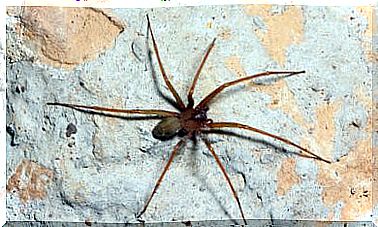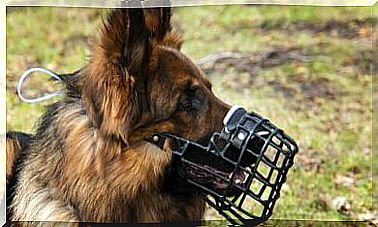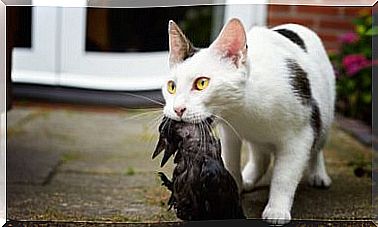My Pet Is Unconscious: What Could Have Happened?

My pet is unconscious: what could have happened? Loss of consciousness occurs on many levels and has multiple causes. Stupor, for example, is a state of depressed consciousness in which the animal responds only to strong stimuli.
Coma, however, is a state of loss of consciousness in which the animal does not wake up, not even with painful stimuli. So when a pet goes unconscious, what might have happened?
To reverse the animal’s state of unconsciousness, it will be essential to establish the degree and cause. And from then on, stabilize the animal and try to make it regain consciousness.
My pet is unconscious: how should I act?
Undoubtedly, the first answer should be to consult a professional. Above all, because most situations that cause loss of consciousness are serious and can be life-threatening. It is advisable to contact a veterinarian so that he can give you the guidelines to be followed.
Step One: Locate the Focus of Loss of Consciousness
Neurological examination should be used to find the likely site of the pathology that led to the stupor or coma. Regardless of location, the ability to walk and maintain posture is lacking in both cases, and spinal reflexes may be normal or increased.
If the lesion is in the cerebral hemispheres
The organs innervated by cranial nerves may be changed, the which can usually be observed by assessing eye. For example, there may be an unresponsiveness of the pupils to direct light or even blindness.

If the lesion is in the brainstem
It can also affect the cranial nerves, as we saw in the previous section. Again, it will most likely be the eyes that will give the clue. Some manifestations are: dilated pupils, strabismus, absence of physiological nystagmus, etc.
Second step: investigate the cause
Due to a brain dysfunction
Inflammatory or metabolic diseases, intracranial neoplasms, and hydrocephalus can cause this brain dysfunction. In most cases, they will go along with some degree of loss of consciousness in the animal.
Due to a condition of the brainstem
Again, neoplasms, inflammation, etc., can lead to acute or progressive brain stem dysfunction. For its treatment, it may be necessary to apply chemotherapy, antimicrobials or anti-inflammatory drugs.
Because of a brain hernia
Again, neoplasms, inflammatory brain diseases or trauma can cause increased intracranial pressure. They can also cause a hernia of brain tissue, which can compress the brain stem.
A brain hernia is usually preceded by hours or days of progressive diencephalon dysfunction, causing the animal to lose consciousness.
My pet is unconscious: metabolic causes
Metabolic diseases can generate diffuse brain dysfunction, with progressive signs. This is first evident with the change in vision, until stupor or coma arrives.
This is the case of diabetic coma, heat stroke, encephalopathies of hepatic or renal origin, hypoglycemia, hypothyroid coma, hypoxia, etc. Toxic agents such as heavy metals, barbiturates, narcotics, ivermectin or tranquilizers can also cause it.
for vascular causes
The stupor or coma can be the result of a heart attack or cerebral hemorrhage, which again causes an increase in intracranial pressure. Causes of stroke in animals include:
- traumas
- neoplasms and metastases
- coagulation disorders
- heart disease and hypertension
- thrombi because of the presence of parasites in the blood (eg heartworm).
If cardiovascular disease is suspected, clotting tests and blood pressure should be taken. Cerebral infarction is treated through:
- a supportive treatment for the patient
- control of any underlying disease
- and reduced intracranial pressure.

My pet is unconscious: fast action
Although the causes of loss of consciousness, as we can see, are usually serious, early detection and management can return the animal to its normal state.
It all depends on quick action and the information the owner provides to the veterinarian about the pet’s health, as well as, above all, the seriousness of the underlying cause.








